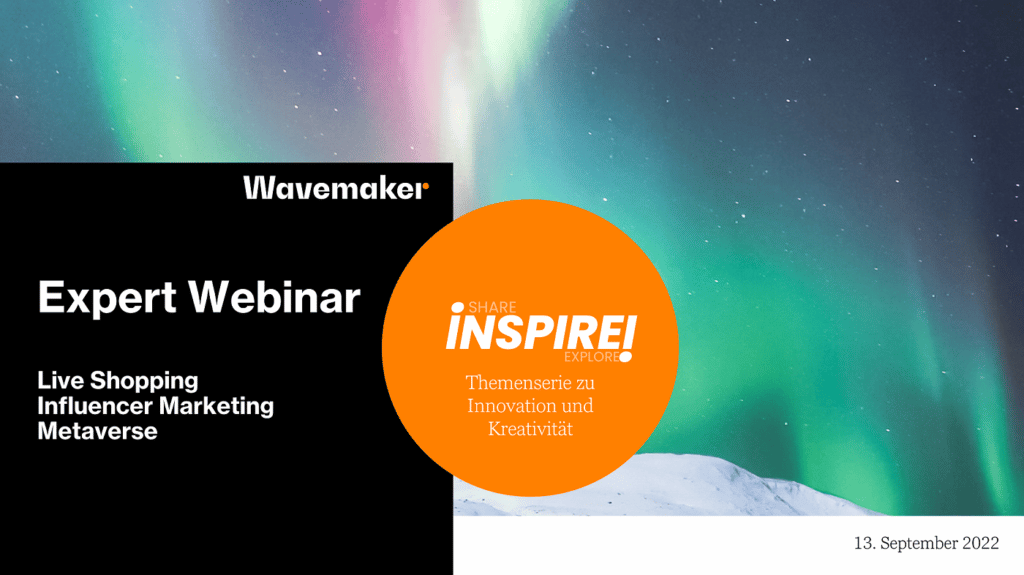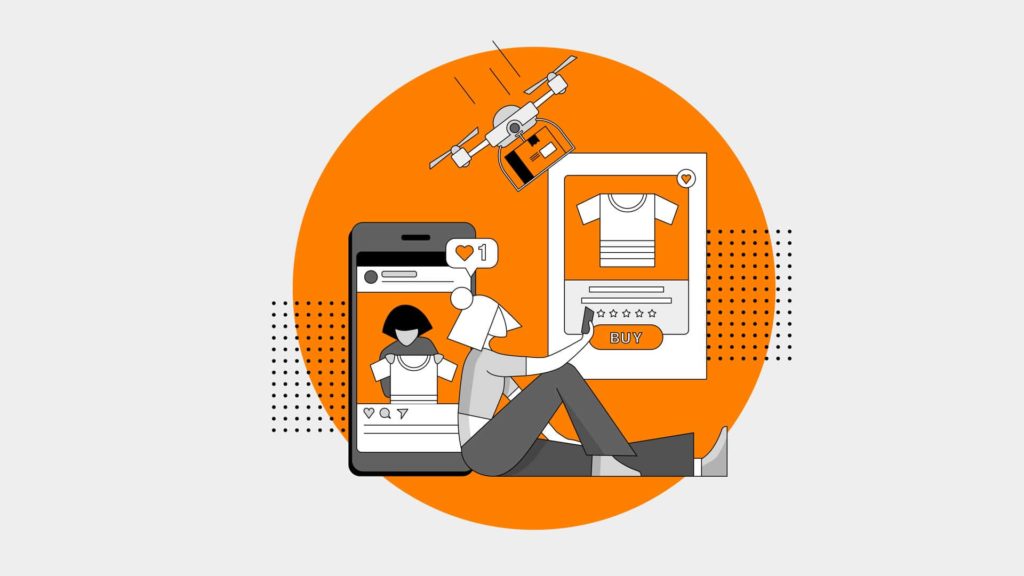The Provocateur: Wavemaker Experten analysieren zum Nachdenken anregende Themen und teilen mit uns offen ihre Meinung und Gedanken.
For my entire career media plans have contained a large amount of average. I’m not talking about the quality of my planning skills (although long-suffering bosses might beg to differ) but the way plans are put together.
The active stage of the customer journey has long become addressable and personal, at scale. But in the priming stage, when people are not in market and we’re building brands, averages still reign supreme.
 For the past 60 years, media planners have got lucky. We’ve had one major broadcast channel, capable of reaching multiple audiences, all at the same time. TV gave us a rock-solid foundation on which to build a plan, especially in the priming stage. A single channel, bought in easily understandable GRPs (Gross Ratings Points), built emotion, created audio engagement and delivered visual impact, all in a neat package.
For the past 60 years, media planners have got lucky. We’ve had one major broadcast channel, capable of reaching multiple audiences, all at the same time. TV gave us a rock-solid foundation on which to build a plan, especially in the priming stage. A single channel, bought in easily understandable GRPs (Gross Ratings Points), built emotion, created audio engagement and delivered visual impact, all in a neat package.
The past year has seen a precipitous collapse in this advantage. The ongoing decline in linear TV viewing (despite a COVID bump in many markets) is one factor but not the most important. The real story is the drifting apart of our audiences.
Excuse, for a moment, a diversion into media maths.
As recently as 2018, 100 GRPs bought in Australia against People 25-54 (the most common demographic) delivered 63 GRPs against People 25-34. In other words, the audience was skewing older but you still got a decent amount of young(ish) people from your TV schedule. Now the same 100 GRPS gets only 47 GRPS against the younger end of the demographic (down 25%), but the number of GRPs in the older end of the demographic (People 45-54) has actually gone up by 13%.
In short, our ‘average’ has disintegrated. The different parts of our audience have moved even further apart.

This is true in many countries: In the UK, according to the latest IPA Touchpoints data, the media days of 18-34-year-olds and the average 55+ audience overlapped by just 8%. In 2015, that overlap was 58%.
So, what do we do? How do we leverage this two-stream media world? The answer is to make priming addressable.
The demise of cookies removes some of the obvious places to start. But I’m confident we can tackle the problem in three ways:
1. Build 1st party data collection into planning across active and priming stages. As we advance into a cookieless world, we need to view each priming channel not just as a way to build awareness, but as a way to gather 1st and 2nd party data.
For example, for Vodafone Australia we recently ran a TV sponsorship of major cricket test matches. Alongside broadcast rights, we ran competitions and fan-engagement segments that deliver data. (The resurgence of QR codes is a boon; offering opportunities to download content, enter promotions or use tools and calculators direct from ads – examples of very simple ways of using priming
channels to learn more about your audience.) Increasingly sophisticated utilities, apps and content, offered in exchange for data, are all around us.
2. Maximise planning for more audience segments within demos. We need to move beyond the language of ‘heavy, medium and light’ users. We’re losing the ‘medium’. Rather than producing one plan, we need to take a leaf from the active stage experts and start building plans around cohorts who make up our growth audiences. We need to recognise that different audiences move in different media worlds. At Wavemaker we’ve built a new AI-fuelled campaign planning tool called Maximize specifically to meet these challenges.
 3. Move rapidly to addressable channels for priming stage comms. In 2025 all our clients’ plans will be built this way. Let’s start now and be at the front of the test-and-learn queue. Cohorts look like an increasingly interesting way forwards – a place where active and priming stage communications can meet in a way that both reduces reliance on cookies and enriches our plans to better fit the media worlds of our consumers. It’s now increasingly possible to take a cohort, profile it, expand it and then activate that audience across digital, audio and podcasting, digital OOH and connected TV. While these methods will evolve, especially in their data usage, a robust test-and-learn programme in these channels is needed for all businesses, urgently.
3. Move rapidly to addressable channels for priming stage comms. In 2025 all our clients’ plans will be built this way. Let’s start now and be at the front of the test-and-learn queue. Cohorts look like an increasingly interesting way forwards – a place where active and priming stage communications can meet in a way that both reduces reliance on cookies and enriches our plans to better fit the media worlds of our consumers. It’s now increasingly possible to take a cohort, profile it, expand it and then activate that audience across digital, audio and podcasting, digital OOH and connected TV. While these methods will evolve, especially in their data usage, a robust test-and-learn programme in these channels is needed for all businesses, urgently.
Ultimately every priming channel needs an audience upgrade to catch up with its performance cousins.
The biggest change will be in our mindset, as we plan away from – not around – an increasingly irrelevant average.

James Boardman, National Strategy Partner, Wavemaker ANZ








